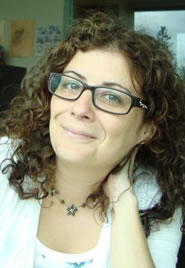Eddying out
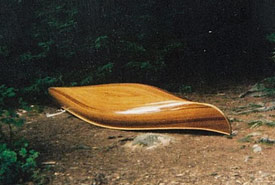
Our cedar-strip canoe (Photo by CBT/NCC)
I can't remember the first time I ever held a paddle, but I do remember our family's first canoe: hunter-green, its aluminium gunnels were harshly unforgiving on knuckles if I dipped my paddle too close. My knees quickly became criss-crossed with waffle-like impressions from the speckled white and green bottom.
My brother and I would take turns in the bow, while dad took the stern (it took me years to get the hang of a J-stroke). Mom sat in the middle, trailing her fingers in the water.
As one summer folded into the next, our family explored lakes throughout Ontario and Quebec. We ventured into New Brunswick one year, tying the canoe onto the roof of our grey Chevette and filling it with camping gear, stopping often at rest areas to make sure that it was still secure.
But all too soon, I was packing my bags to leave on a new journey. By then a minivan had replaced the Chevette, and it was filled to the brim with all the necessities befitting a first year at university — including a paddle my parents had given me for my high school graduation, with one of my poems painted on the blade. Dad didn’t say it then, but I knew the paddle was a symbol of my first solo adventure; a tool to help me navigate the lakes, rapids and eddies of life.
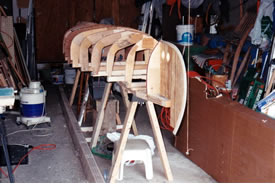
Canoe forms (Photo by D. Beevis)
Four years later, dad presented me with yet another graduation gift: a cedar-strip canoe (a symbol, I suppose, that I was now ready to forge ahead into life). The catch: we were going to build it together. Eyeing the forms lined up in the neon-lit garage like the ribs of some mystical beached creature, I couldn't imagine it would one day become something lake-worthy.
It took two years to build our canoe, in between my graduate studies in environmental communications. In the evenings, after finishing whatever readings or assignments were due for the next day, I’d close my laptop and head to the garage. To avoid blemishing the wood with staples or nails, we glued one strip per day, leaving it to dry overnight.
Soon, we developed a method of working in an unspoken choreography, to the whisper of wood chips falling and the smell of sawdust. Even sooner, a month turned into a year; then, a year turned into two. I was nearing the end of my graduate work, and still our craft sat, unfinished, in the garage. But I could hear the trickle of lakes and rivers in the spaces between the wood.
Finally, our clothes thick with the smell of cedar, we coated the hull in a film of fiberglass, then painted it with varnish the colour of warm honey. The finishing touch: a painting of a butterfly on the hull, symbolizing my hopes for my future following graduation.
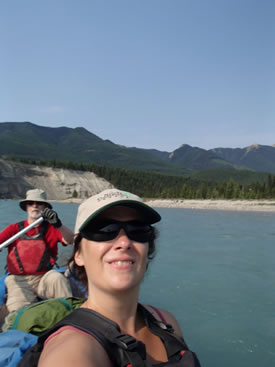
Paddling the Kootenay River, BC (Photo by CBT/NCC)
In the years since then, dad and I have taken a number of canoe trips together, paddling on rivers and lakes in Ontario, Nova Scotia and British Columbia. Memories of our trips are plentiful, whether shooting down rapids, paddling on glassy waters so still the sky and lake melded together, waking to a quartet of laughing loons, or quiet evenings sitting by the water’s edge, watching the sun melt into the horizon.
There have been tough paddles, too, filled with boulder gardens, dried-up riverbeds and long portages. We’ve always approached each paddle with the attitude of, “Let’s take it easy and see how it goes.” Yet no matter how challenging the portage or how windy the paddle, we’ve always come away from each trip looking forward to the next one.
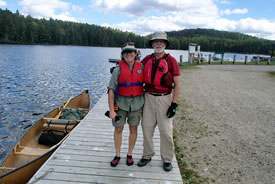
Christine and David Beevis at Lake Opeongo, Algonquin, ON (Photo by CBT/NCC)
The irony is that despite a decade of canoe tripping together, we have yet to take out the canoe we built, being too nervous about scratching the craft we’d spent so long building — it is, after all, a craft made for quiet lake paddling rather than river running. That is, until this summer. Soon, dad will be flying out to Calgary to meet me, and we’ll strap our canoe to the hood of a truck and head west to the Bowron Lakes in British Columbia's Cariboo range for a week of paddling in the mountains.
For dad and me, canoeing has become a metaphor for life — we know that no matter how difficult or long the journey, if we keep on paddling towards shore, eventually we’ll reach a headland where we can rest and have a cup of tea. When on a long portage, just put one foot in front of the other and imagine the canoe on your shoulders is light as air. And when a boulder gets in your way on a set of rapids, reverse paddle, and ferry across so you can eddy out. Then you'll be able to sit still, and appreciate the wonders around you.

